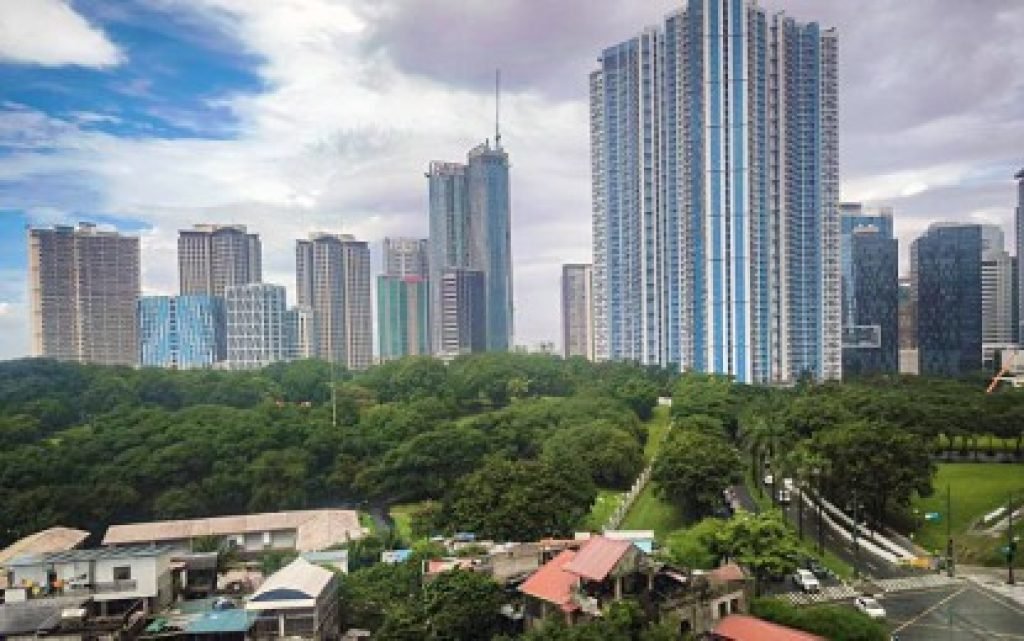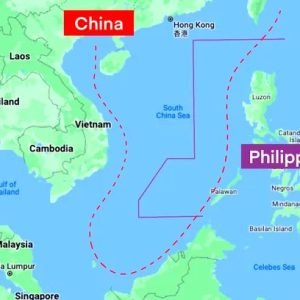
Despite the Philippines recording a lower gross domestic product (GDP) growth of 5.25% in the third quarter this year, the National Economic and Development Authority (NEDA) said the country remains one of the fastest growing economies among member-countries of the Association of Southeast Asian Nations (ASEAN).
The 5.2% third-quarter GDP growth is lower than the 6% recorded in the same period last year and the 6.4% logged in the second quarter of this year.
The latest data brought the year-to-date GDP expansion to 5.8%, which is slightly under the 6% lower end of the government’s growth target for this year.
“Our economy continues to grow steadily; the latest GDP figures indicate continuous expansion. Of the countries that have reported their third-quarter GDP growth rates, we remain one of the fastest-growing Asian economies,” said NEDA Secretary-General Arsenio Balisacan said.
“We follow Vietnam, which posted a 7.4% growth rate, and are ahead of Indonesia (with 4.9%), China (4.6%), and Singapore (4.1%), ” he added.
Among the major economic sectors, industry and services grew by 5% and 6.3% in the third quarter, respectively. However, the agriculture, forestry, and fishing sector contracted by 2.8%.
Balisacan explained that the contraction in the agriculture sector was caused by the effects of the El Niño, seven typhoons, and Habagat.
He added the fishing ban in Cavite and Bataan due to the oil spill, and cancellation of fishing trips due to bad weather conditions, also affected fishing and aquaculture.
“Likewise, livestock production decreased due to the recent outbreaks of African swine fever (ASF), such as in Batangas last August,” he said.
Balisacan said the successive typhoons also suspended classes and work in government and some private offices, resulting in administrative delays.
Household final consumption expenditure grew by 5.1%, which Balisacan attributed to the slower consumer price inflation.
Government final consumption expenditure slowed to 5% from 6.7%
“I think the climate-related disruption, disturbances that happened in the last quarter, could have slowed down the spending. And that’s even more so for those that are related to infrastructure,” Balisacan said.
Balisacan said that despite the slowdown, the government is optimistic that the growth target for this year will still be attained.
“The economy needs to grow by at least 6.5% to meet the government’s target for the last quarter 2024. We remain optimistic that this growth target is attainable, ” he said.
“We anticipate increases in holiday spending, more stable commodity prices (given low inflation), lower interest rates, and a robust labor market,” Balisacan added.
(PHOTO FROM PNA)







